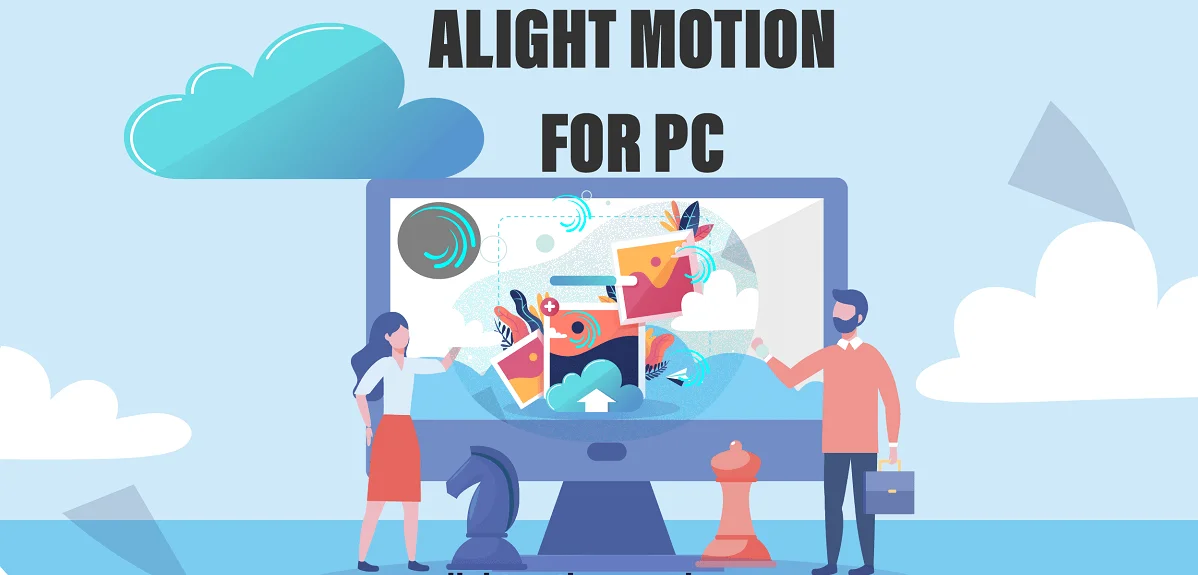Your cart is currently empty!

AI Regulation Around the World: A Comprehensive Global Overview (2025)
AI Regulation: Artificial Intelligence (AI) is transforming industries, economies, and daily life at an unprecedented pace. However, with great power comes great responsibility. Governments worldwide are grappling with the need to regulate AI to ensure it is used ethically, safely, and responsibly. From the European Union’s comprehensive AI Act to China’s targeted regulations, the global…
AI Regulation: Artificial Intelligence (AI) is transforming industries, economies, and daily life at an unprecedented pace. However, with great power comes great responsibility. Governments worldwide are grappling with the need to regulate AI to ensure it is used ethically, safely, and responsibly. From the European Union’s comprehensive AI Act to China’s targeted regulations, the global landscape of AI governance is evolving rapidly. Here’s a closer look at how different regions are approaching AI regulation.
Table of Contents
The European Union: Leading the Charge with the AI Act
The European Union (EU) has taken a proactive stance with its AI Act, one of the most comprehensive frameworks for AI regulation. The Act classifies AI systems into four risk categories:
- Unacceptable Risk: Banned applications, such as social scoring systems.
- High Risk: Subject to strict requirements, including AI used in critical infrastructure, education, and law enforcement.
- Limited Risk: Requires transparency, such as chatbots disclosing their AI nature.
- Minimal Risk: Lightly regulated, including AI-powered video games.
The EU’s approach emphasizes human oversight, transparency, and accountability, setting a high standard for other regions to follow.
United States: A Sector-Specific Approach
Unlike the EU, the United States has adopted a sector-specific approach to AI regulation. Federal agencies like the FDA (Food and Drug Administration) and FTC (Federal Trade Commission) are tasked with overseeing AI applications in their respective domains. For example:
- The FDA regulates AI-powered medical devices.
- The FTC monitors AI for potential antitrust violations and consumer harm.
While this approach allows for flexibility, critics argue that it lacks a unified framework, potentially creating gaps in oversight.
China: Balancing Innovation and Control
China is a global leader in AI development and has introduced regulations to ensure state control and social stability. Key measures include:
- Algorithm Registry: Companies must register their algorithms with the government.
- Data Security Laws: Strict rules govern data collection and usage.
- Ethical Guidelines: AI must align with socialist values and avoid discrimination.
China’s approach reflects its dual goals of fostering innovation while maintaining tight control over AI applications.
United Kingdom: A Pro-Innovation Stance
The UK has positioned itself as a pro-innovation hub for AI. Instead of introducing new laws, the government has opted to integrate AI regulation into existing frameworks. Key principles include:
- Transparency: AI systems must be explainable and accountable.
- Fairness: AI should not perpetuate bias or discrimination.
- Safety: AI applications must be secure and reliable.
The UK’s approach aims to strike a balance between fostering innovation and protecting public interests.
Other Regions: A Mixed Bag
- Canada: Focuses on ethical AI development through initiatives like the Directive on Automated Decision-Making.
- India: Emphasizes responsible AI but lacks comprehensive legislation.
- Australia: Prioritizes AI ethics and transparency through voluntary guidelines.
Why AI Regulation Matters
AI has the potential to revolutionize industries, but it also poses significant risks, including privacy violations, bias, and job displacement. Effective regulation is crucial to ensure AI benefits society while minimizing harm. As AI continues to evolve, global cooperation and harmonized standards will be essential to address cross-border challenges.
FAQ
Q1: What is the EU AI Act?
A1: The EU AI Act is a comprehensive regulatory framework that classifies AI systems based on risk levels and imposes strict requirements on high-risk applications.
Q2: How does the US regulate AI?
A2: The US uses a sector-specific approach, with federal agencies like the FDA and FTC overseeing AI applications in their respective domains.
Q3: What are China’s key AI regulations?
A3: China requires companies to register their algorithms, enforces strict data security laws, and mandates that AI aligns with socialist values.
Q4: How is the UK regulating AI?
A4: The UK integrates AI regulation into existing frameworks, emphasizing transparency, fairness, and safety while promoting innovation.
Q5: Why is global cooperation on AI regulation important?
A5: AI technologies often operate across borders, making global cooperation essential to address ethical, legal, and security challenges effectively.
Interesting Read: OpenAI Unveils Deep Research: A Revolutionary Leap for AI-Powered Innovation – Tech To Know


